Up Next

The fact Racing Point competed using Mercedes front brake duct designs but did not do so with its rear brake duct design in 2019 is central to understanding the verdict of the FIA stewards.
Following protests from Renault, Racing Point was deducted 15 points and fined €400,000 for running rear brake ducts it did not design in the Styrian Grand Prix. The stewards ruled this penalty covers the whole season, meaning Racing Point can continue to use the rear brake ducts.
Brake ducts became one of the listed parts teams must design themselves in 2020 having been non-listed in 2019, which opened the door to Racing Point designing its brake ducts based on knowledge of the Mercedes design. Because it raced the front brake ducts last year, therefore incorporating them into the DNA of the 2019 car, these were cleared, but not the previously un-raced rear brake ducts.
The verdict stated that “the stewards conclude that the combination of the design work done on the 2019 RP19 coupled with the necessary upgrade work to the front brake ducts in designing and developing the 2020 RP20 cross the quantitative threshold for design work necessary to meet the sporting regulations’ requirements for listed parts in 2020.”
On the rear brake ducts, the verdict stated: “Since the RP20 rear brake ducts were not run on the RP19 in 2019 and since the stewards believe that the design effort expended by Racing Point in adapting the RBDs [rear brake ducts] originally designed by Mercedes for the W10 pales in comparison to the significance of the original Mercedes work, the stewards conclude that the principal designer of the RP20 RBDs was Mercedes, not Racing Point.”
Reaching this conclusion was a long journey. While the formal process didn’t start until Renault lodged its initial protest against the brake ducts after the Styrian Grand Prix on July 12, it really began the moment the 2020 Racing Point first appeared in pre-season testing bearing an uncanny resemblance to last year’s Mercedes.
THE PROCESS
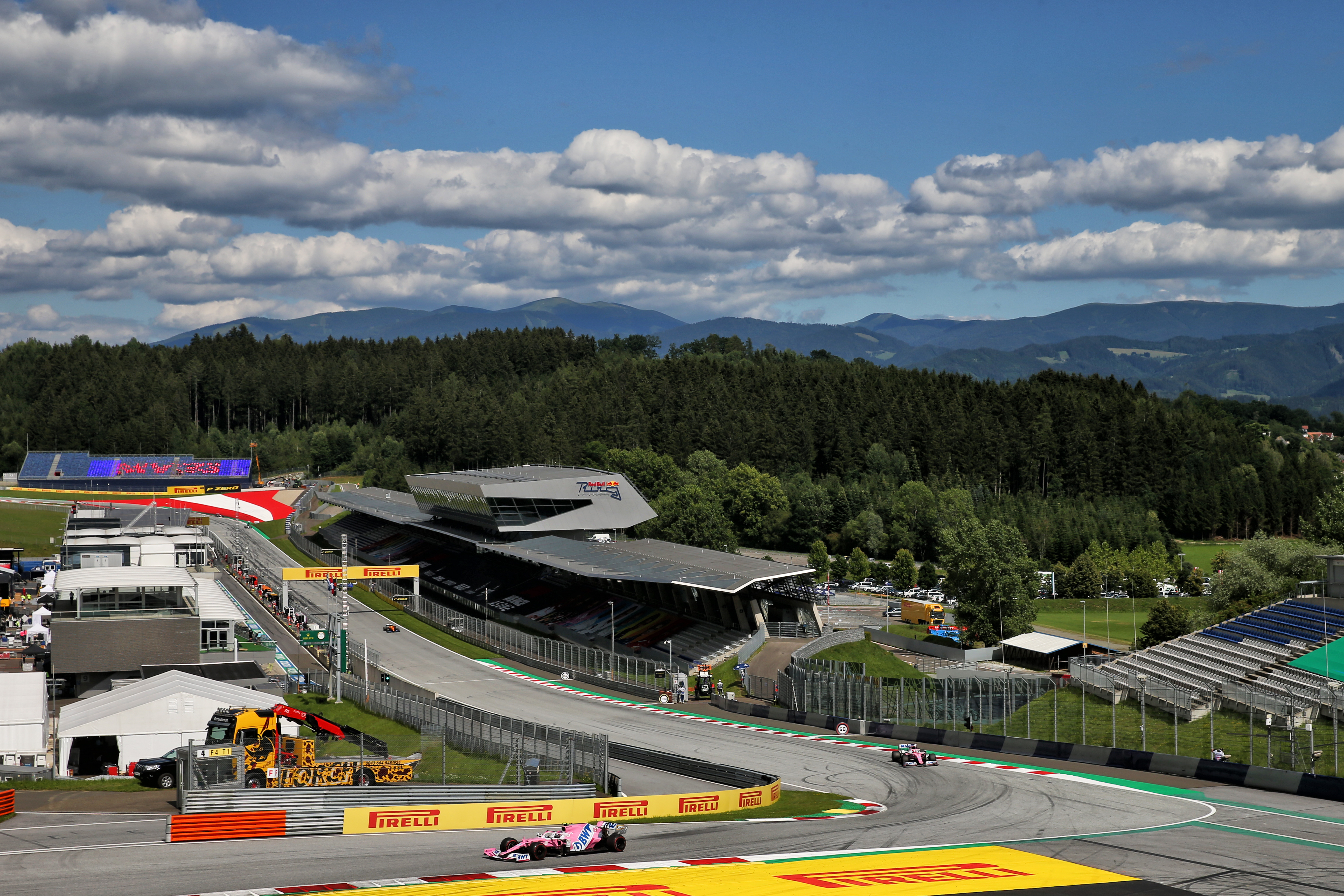
Renault followed up its action at the Styrian Grand Prix, where stewards rightly decided the matter was too complex to be analysed and ruled on in a few hours, with subsequent protests after the Hungarian and British Grands Prix to ensure any action taken against Racing Point applied to all of the races.
As explained in the FIA stewards’ verdict, Renault’s claim was that the front and rear brake ducts were “identical or near identical” to those of the 2019 Mercedes “with any potential differences being minor and the result of an evolution of an identical original geometry.” This would contravene Appendix 6 of the sporting regulations covering listed parts.
The FIA impounded a set of brake ducts from Racing Point and requested Mercedes supply examples of its 2019 brake ducts to assist the analysis. This did not need to happen again following the Hungaroring and Silverstone protests because Racing Point confirmed its brake ducts remained unchanged.
The decision was made to appoint a separate panel of stewards to evaluate this case, with Racing Point asked to submit a formal response including technical details before the hearing could be scheduled, which it did on July 30. One element of this response was not made available to Renault because it contained confidential technical data.
This information, combined with Renault’s submissions, then formed the basis of an FIA technical department analysis and the production of a written report that was submitted to the stewards on August 3.
THE HEARING

Racing Point and Renault were summoned to a stewards hearing held at Silverstone on August 5, with some personnel attending in person and some remotely.
For Racing Point, team principal Otmar Szafnauer, technical director Andrew Green and sporting director Andy Stevenson were among those who participated. Renault’s representation included team principal Cyril Abiteboul, executive director Marcin Budkowski, chassis technical director Pat Fry and sporting director Alan Permane.
In addition, Mercedes technical director James Allison was among those appearing on behalf of the champion team, with FIA head of single-seater technical matters Nikolas Tombazis an expert witness.
No further evidence was submitted at the hearing, although Allison was interviewed by the stewards to produce information from the Mercedes side before being excused.
RENAULT’S ALLEGATIONS
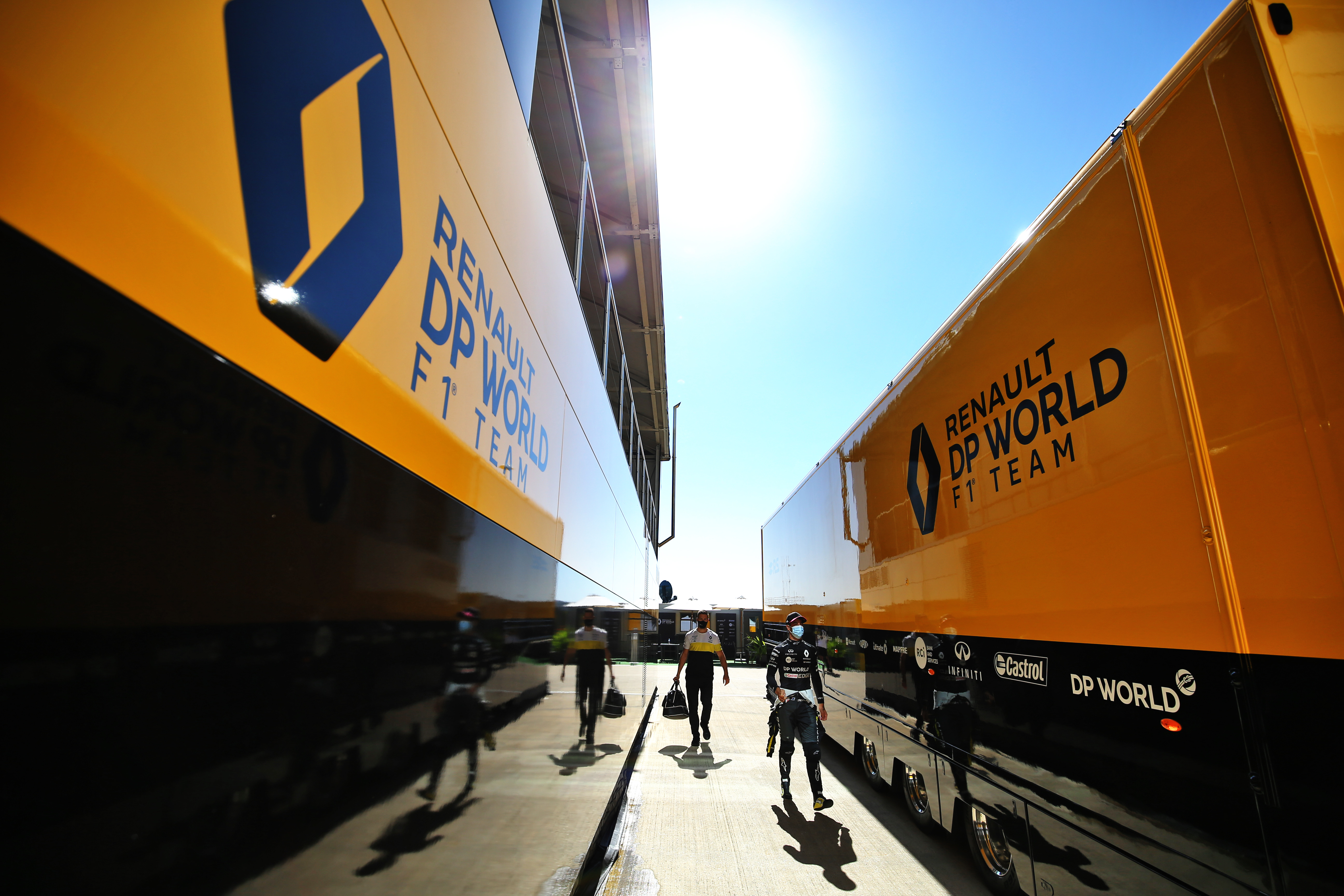
Renault argued strongly that the front and rear brake ducts of the Racing Point were based on those of Mercedes and any minor changes were “the result of an evolution of an identical original geometry”. It highlighted the similarity of internal surfaces not visible from the outside as evidence of this.
Renault noted the change in listed parts rules and alleged Racing Point “received data and/or designs and/or information and/or actual parts from Mercedes in relation to their 2019 brake ducts in 2019”. It argued this meant they were designed by Mercedes and therefore in breach of Appendix 6 of the sporting regulations, which require teams to design their own listed parts, including the brake ducts.
Renault provided analysis to support this claim, and contended that the date Racing Point received the information from Mercedes was irrelevant even though brake ducts were non-listed parts in 2019.
RACING POINT’S DEFENCE
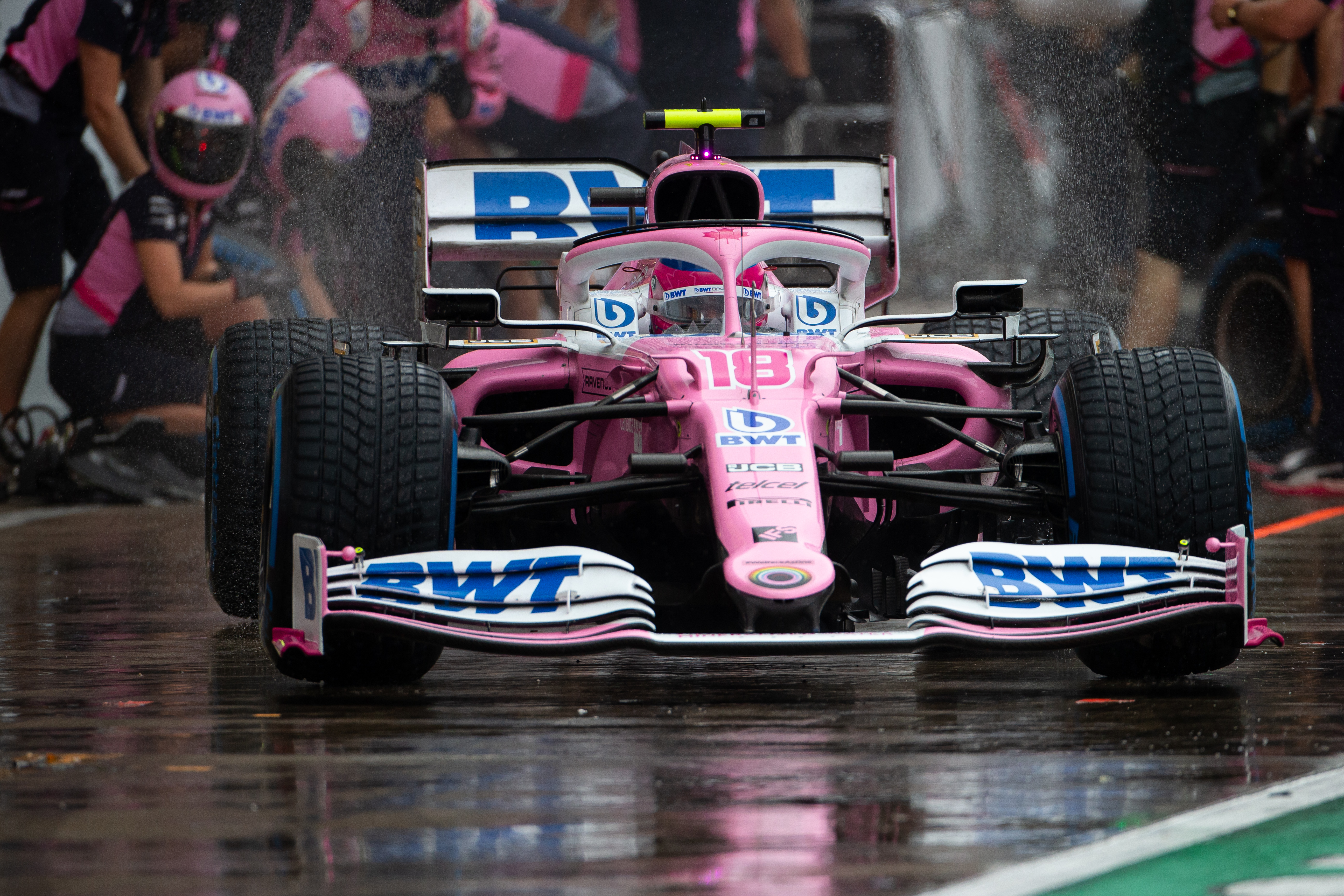
Appendix 6 of the sporting regulations states in its first paragraph that “a competitor shall, in respect of the Listed Parts to be used in its cars in Formula 1, only use Listed Parts which are designed by it”, but Racing Point argued there was no definition of “design” included.
Racing Point argued that a visual assessment and consideration of the starting point of the design is too limited, arguing “the part as a whole; the dynamic aero performance of the part under real life load; actual design work on the aero surfaces and all other aspects of the listed part” must be considered. It argued that, on this basis, its brake ducts were not identical to those of Mercedes in 2019.
It also pointed to failures by the FIA technical department to address the problems caused by reclassifying brake ducts as listed parts and argued that the sporting regulations did not come into effect until July 2, offering an email sent by F1 race director Michael Masi as supporting this claim.
Racing Point confirmed it received a set of 2019 Mercedes brake ducts, but said these parts were neither used in competition in 2020, nor provided any new data or design information that it had not already received legitimately from Mercedes during 2019.
THE FIA TECHNICAL DEPARTMENT’S ANALYSIS
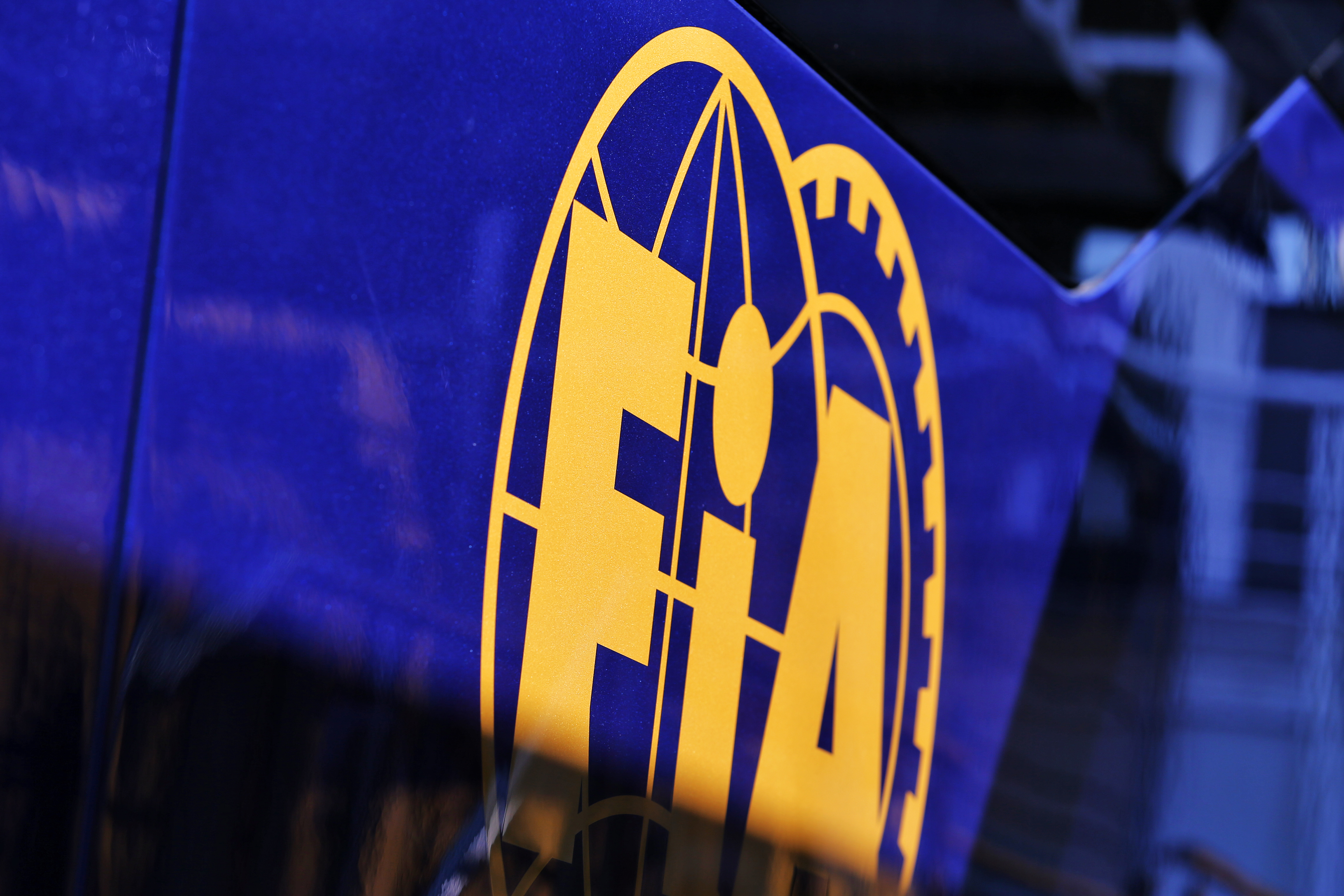
The FIA technical department did not rule on this case, which was solely down to the stewards, but it did provide in-depth analysis and opinion for consideration by the stewards.
It stated that the sporting regulations demand Racing Point must demonstrate the brake ducts were its own design and added that “it does not matter when they were designed; whenever they designed, they have to have been designed by it”. It stated that the argument about when the 2020 sporting regulations came into effect was therefore irrelevant.
It also stressed that teams are prohibited from receiving data from another team, via any route, about listed parts.
The FIA said “the reason for the prohibition is that the FIA does not want the team to use that information in the design of its own listed parts. This is a bright-line rule: if you use data, designs and drawings (including CAD models, which are effectively digital 3D designs and drawings) or another team’s listed parts to develop your own listed parts, then your resulting listed parts are not designed by you”.
But the FIA did concede that the sporting regulations do not explicitly address what happens when components such as the brake ducts switch from being non-listed parts to listed parts.
The FIA stewards verdict also mentioned the FIA cited a key principle of French law, which governs FIA regulations. “The purpose behind the regulations is of particular significance in this exercise: under French law the regulations must be interpreted and applied in a manner that advances that purpose, and not in a manner that frustrates it.”
Effectively, this means the so-called spirit of the regulations takes precedence over an interpretation conceived to circumvent the intent in the case of ambiguity.
The FIA confirmed that copying a rival car based on photographs is legitimate, even when it comes to listed parts. It also stated that the change of brake ducts to become a listed part was first tabled at an F1 Strategy Group meeting in July 2018 because the brake ducts were of “enormous influence aerodynamically”.
While accepting that this change created a unique set of circumstances, the FIA stressed that the rule change was approved on April 1 2019 with an effective date of January 1 2020.
FRONT BRAKE DUCTS
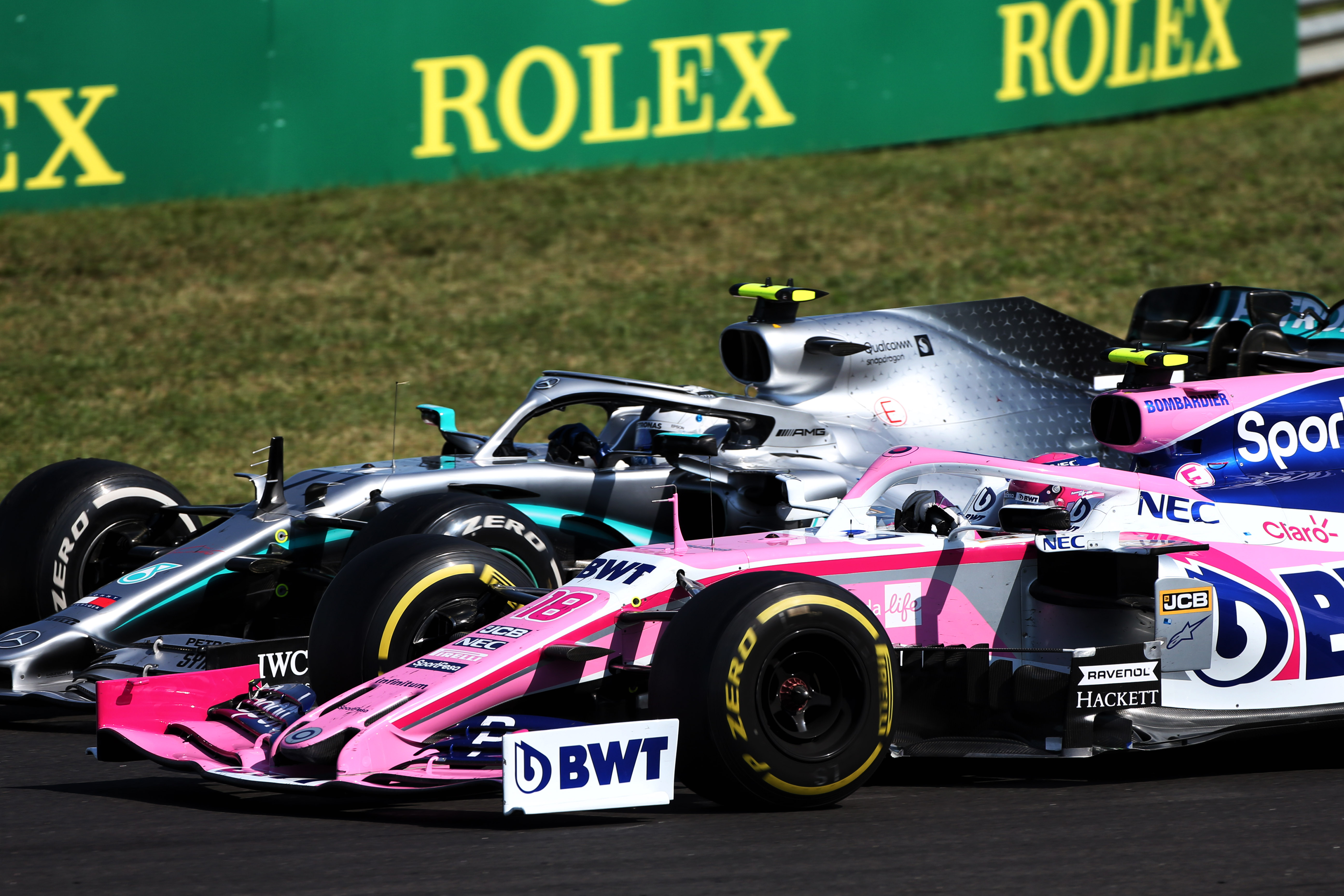
The FIA’s analysis of the front brake ducts concluded that the 2019 Racing Point and 2018 Mercedes had “very similar surface dimensions”. This was a result of Racing Point using the CAD models of the Mercedes W10 to develop its brake ducts.
Racing Point refined its designs over the 2019 season, which was entirely legitimate. But the FIA concluded there were “no material changes” between its 2019 and 2020 design despite tweaks made because of a change of uprights and a minor rules change.
The FIA stressed that had it been asked by Racing Point at this stage if it needed to design its front brake ducts from scratch rather than basing them on CAD models from another team, it would have said no. This is because “the front brake ducts had been incorporated into the DNA of the RP19” and the data was gained legally. It stated it would have issued guidance that the parts could be “grandfathered” because of the unusual circumstances of the change in listed parts.
Although the FIA said that the rules were not black and white, it argued the balance of evidence suggests this interpretation would be correct. But it had bigger concerns about the rear brake ducts.
REAR BRAKE DUCTS
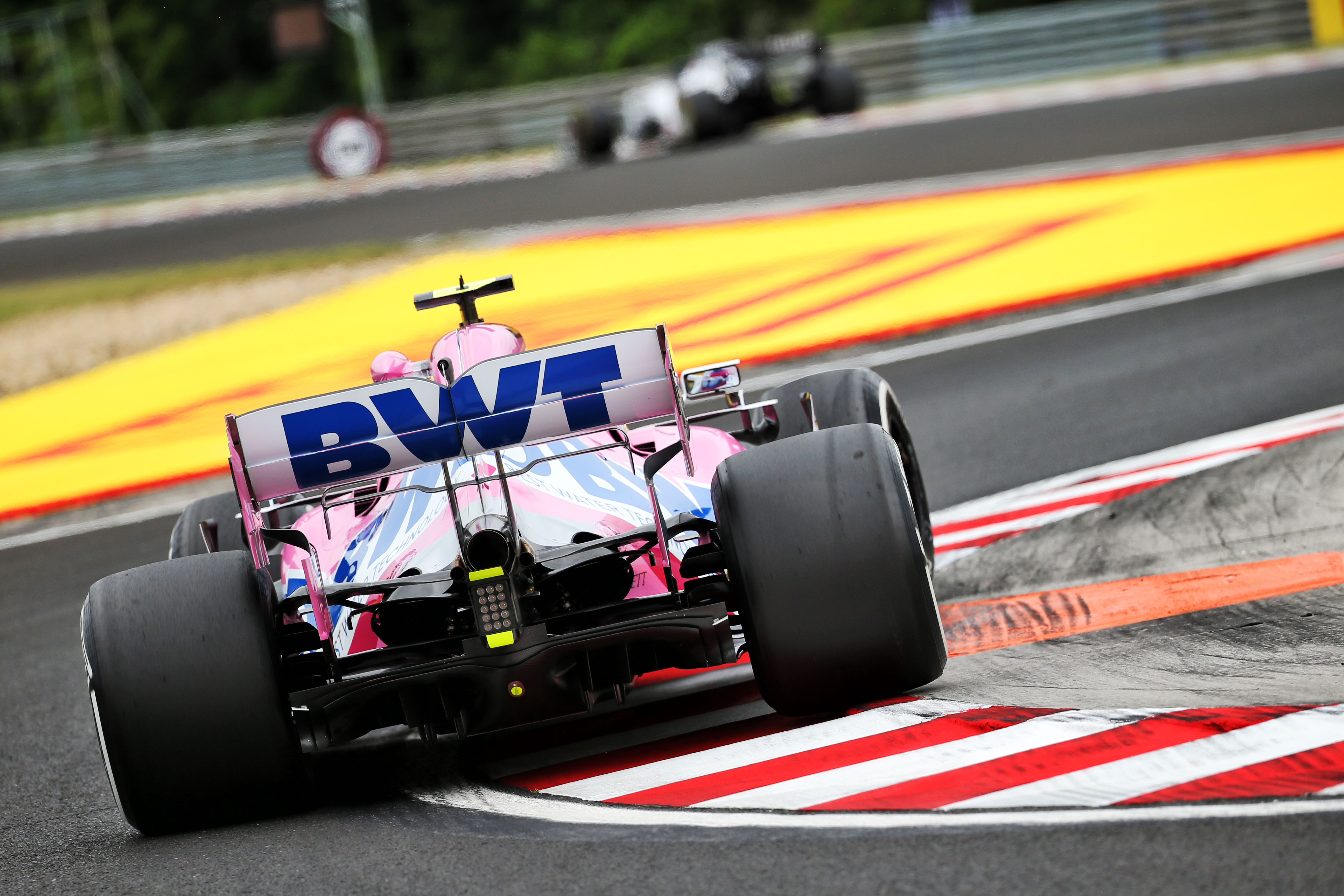
The FIA found that Racing Point received the CAD models for the 2019 Mercedes rear brake ducts at the same time as the front, but did not use them because of the differences in design concept. It suggested this was because the RP19 was a higher-rake car than the Mercedes W10, making the aerodynamic philosophy very different.
In the final quarter of last year, Racing Point then decided to replicate the rear of the W10 as part of its design for the RP20. It “took out” the CAD models of the Mercedes W10 rear brake ducts and used them as a starting point to develop its 2020 rear brake ducts with similar dimensions and shape.
The FIA claimed that, had it been asked for guidance at the time on whether this was allowed, it would have said “definitely not, because Racing Point was not refining a component that had already been incorporated into the DNA of the RP19. Instead, it was introducing a completely new component for the RP20, which it knew was classified as a listed part”.
While it accepted Racing Point could legally possess the CAD models, it was not allowed to use them for the 2020 design. Given their similarity to the Mercedes 2019 design, the FIA technical department considered the rear brake ducts to be “designed in large part by Mercedes, not Racing Point.”
MERCEDES PARTS TRANSFER
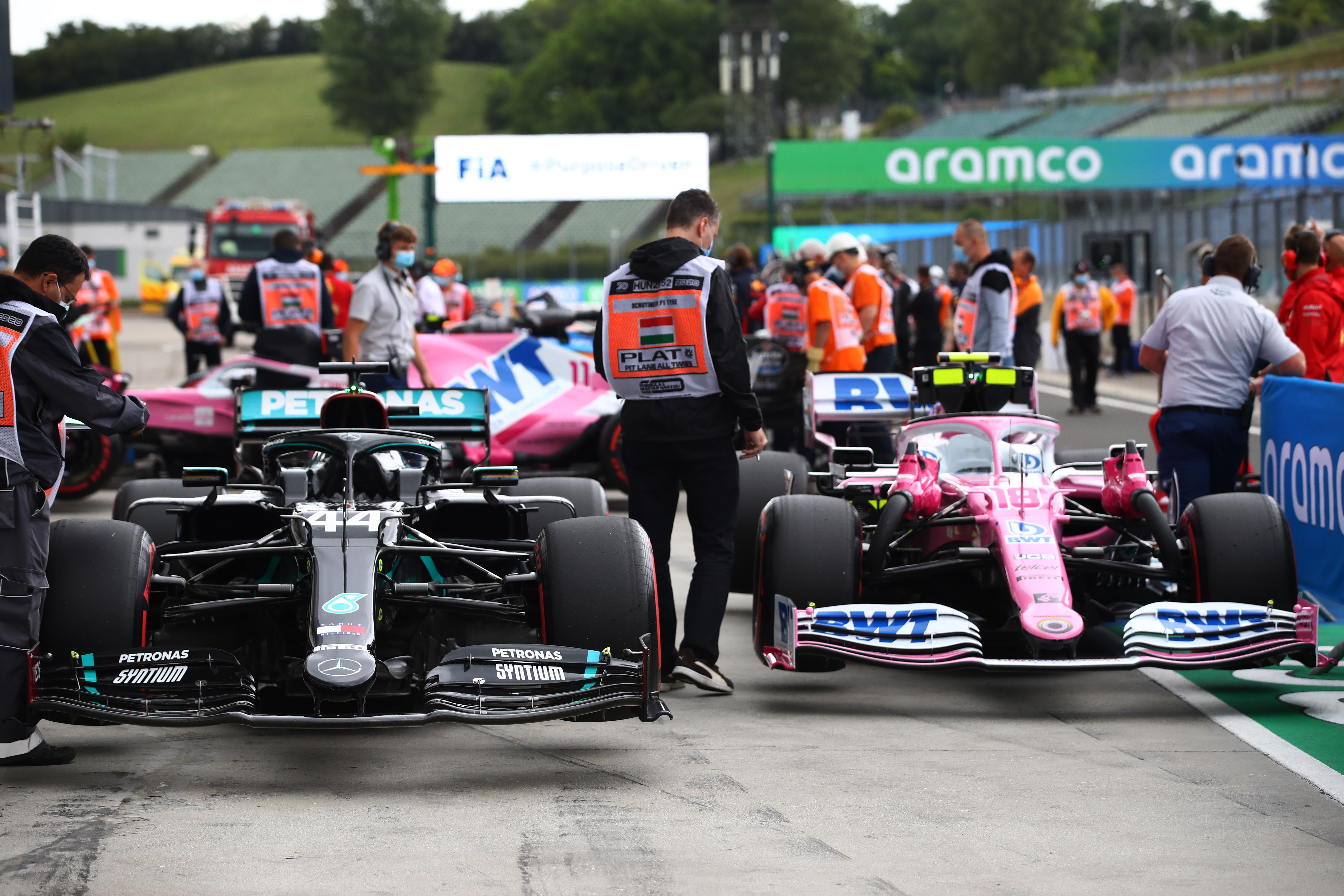
The FIA stewards noted that Racing Point received a complete set of Mercedes 2019 brake ducts that arrived “on or about” January 6 of this year. They stated the transfer did not constitute a significant breach of the sporting regulations, which prohibit another competitor from supplying such material as well as receiving it.
This was because the parts were not used, with the mitigating factor of the rules having only changed six days before. Team principal Toto Wolff later stated these parts were supplied to “fill a gap” for testing.
THE FIA’S CONCLUSIONS
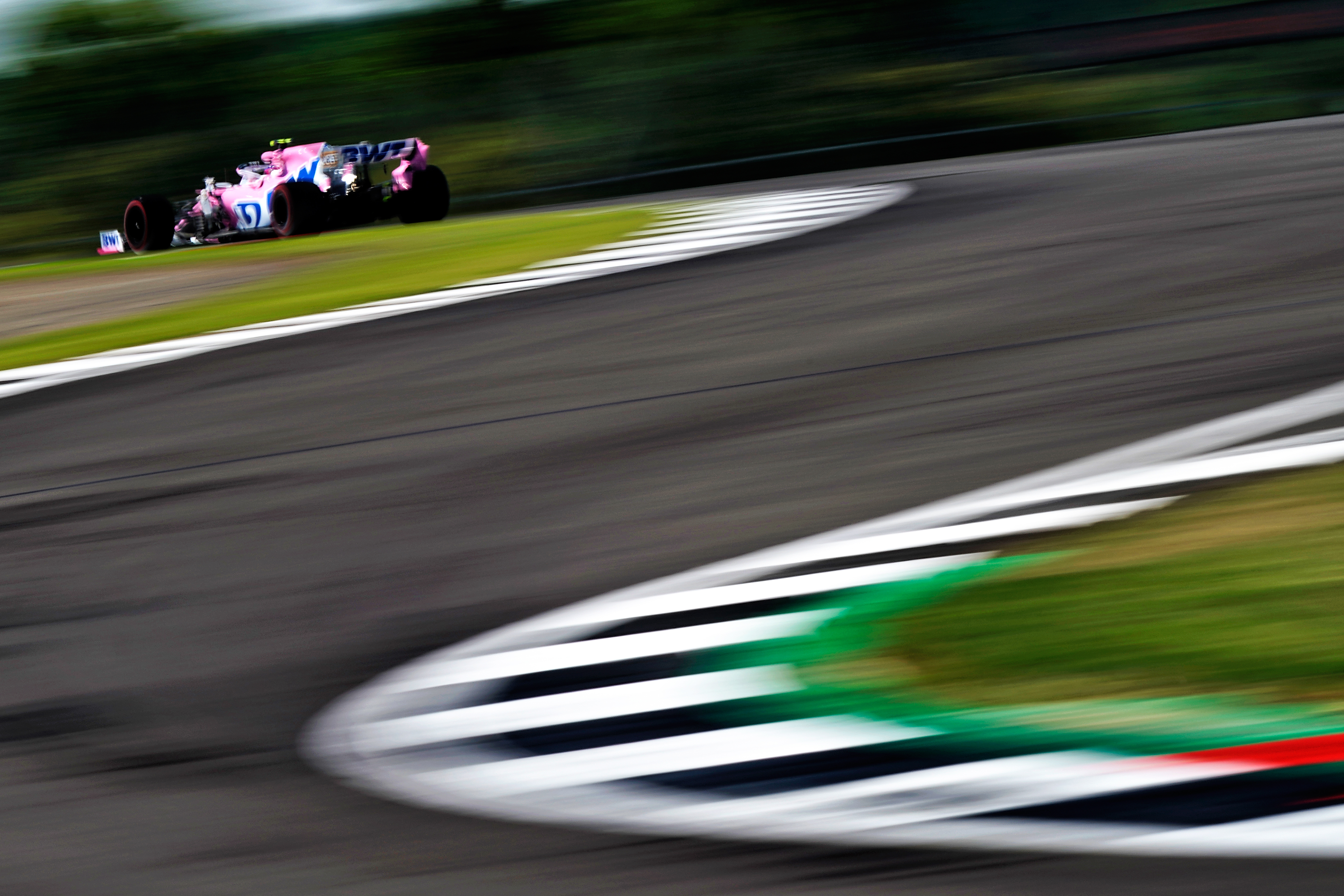
The FIA accepted the general principle that teams might legitimately attempt to reproduce parts designed by rivals using photography, stressing Renault had not protested the rest of the Racing Point ‘Pink Mercedes’ design.
Racing Point’s submission laid out a five-stage design process in which the Mercedes CAD models were just one part of the first stage – compiling input data – noting that the FIA argued that this was too narrow an interpretation of design.
The FIA felt that Racing Point did use a process “similar to using tracing paper to copy a shape/drawing” and that deviations from the Mercedes design were minimal. Racing Point references 883 design drawings it had produced, but the FIA argued that any tweak produces drawings and this doesn’t minimise the impact the original Mercedes designs had.
Having recognised the clash of interpretations presented by Racing Point and the FIA on the design process, the definition of design became key.
THE PROBLEM OF DESIGN

The FIA and Racing Point agreed that the threshold for a legal listed part “should not be based on a detailed assessment of the application of complex intellectual property rights laws which apply in potentially multiple jurisdictions”.
However, if a team uses a rival competitor’s CAD models “to fix the surface dimensions/shape of its own LP, and so to determine the aerodynamic performance of that LP, then it cannot be considered to have designed the part itself”. This aspect of the rules is explicit.
But the ambiguity over what happens when a component such as brake ducts switches to become a listed part still needed to be resolved. The FIA concluded that the central point here was whether parts had been used the previous year or not. As the front brake ducts had been used, Racing Point could legitimately base its 2020 design on them. The rear brake ducts weren’t, meaning it was not its own design.
The FIA did note that Racing Point had flagged up the similarity of both the front and rear brake duct design, but the FIA did not object. But it insisted this did not constitute an explicit waiver given its visit was to evaluate the whole car. Therefore, Racing Point should have requested a clarification in writing.
THE VERDICT
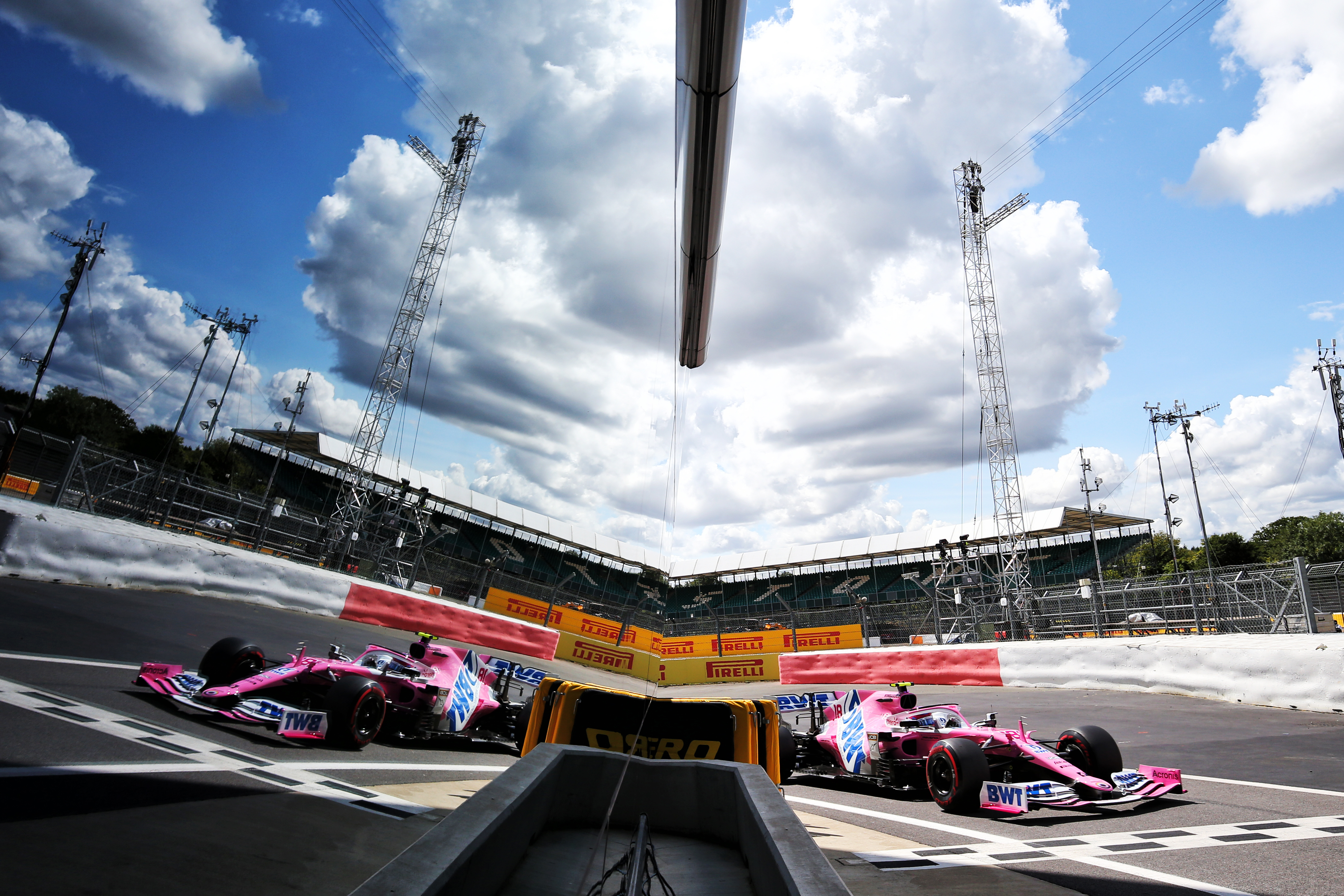
The FIA stewards issued a 15 point verdict, but it boils down to 10 key bulletpoints:
They agreed with the FIA technical department’s interpretation, ruling the Racing Point front brake ducts legal and the rears illegal. While both are effectively the same as the Mercedes 2019 design despite minor changes, this is because Racing Point raced the front brake ducts last year but not the rear brake ducts.
The transfer of brake ducts on January 6 2020 from Mercedes to Racing Point was “not worthy of censure” because it did not expand the information Racing Point already had.
While the rules did not state how a team should approach brake duct design given the transition from non-listed part in 2019 to listed part in 2020, Racing Point had the opportunity to seek clarification from the FIA but chose not to.
The front and rear brake ducts comply with the technical regulations but not Appendix 6 of the sporting regulations. Therefore, disqualification from the races is not necessary.
Racing Point’s definition of the design process, which downplayed the role of the Mercedes brake duct CAD models, was too narrow and the source of the “input data” is significant in defining who designed it.
Racing Point is considered the designer of the front brake ducts given it used them last year and carried over the knowledge, but Mercedes is the designer of the rear brake ducts because Racing Point did not use them previously.
Racing Point gained a sporting advantage both in terms of performance and in allowing it to allocate design resource elsewhere.
It is unrealistic to expect Racing Point to “unlearn” what it knew about the brake ducts, so the penalty is designed to penalise the potential advantage gained over the whole season.
Mitigating factors include the change of the listed parts rules, the lack of clear rules or clarification on how to manage the process of transition, the lack of focus on brake ducts by the FIA, the fact Racing Point could have gained much of the information from photographs and the team’s co-operation. They concluded there was no deliberate attempt to breach the rules.
The points penalty only applied to the team given the circumstances are exceptional and the breach is based only on the design process. Therefore, the drivers keep their points.
WHY RACING POINT CAN KEEP USING THE BRAKE DUCTS
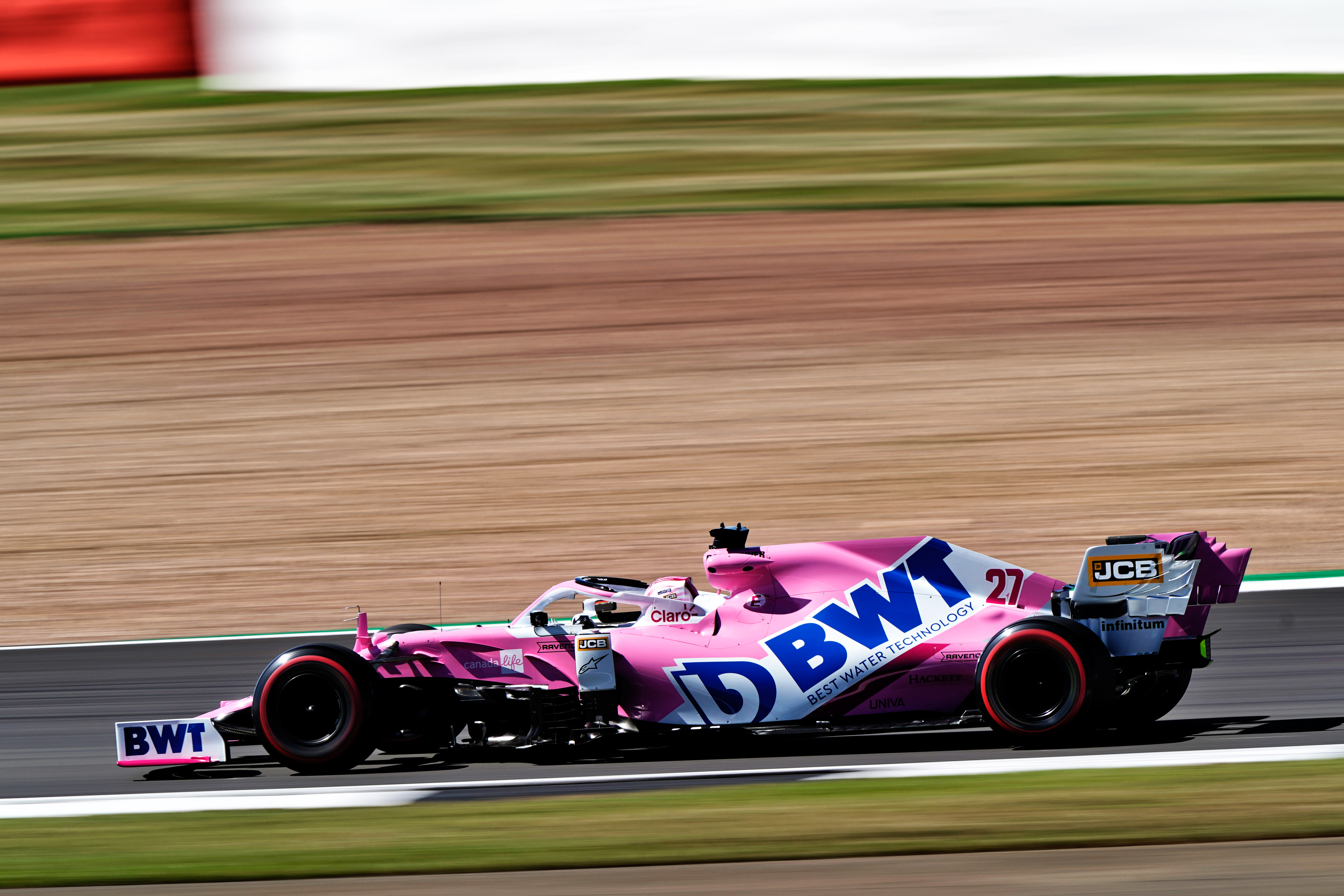
While Racing Point was found to be in breach of the sporting regulations, it is permitted to race the illegal rear brake ducts for the rest of the season.
The FIA stewards consider the €400,000 and the 15-point penalty based on the Styrian Grand Prix to be sufficient penalty to cover the whole season. Therefore, that penalty also covers the protests from Hungary and Britain.








